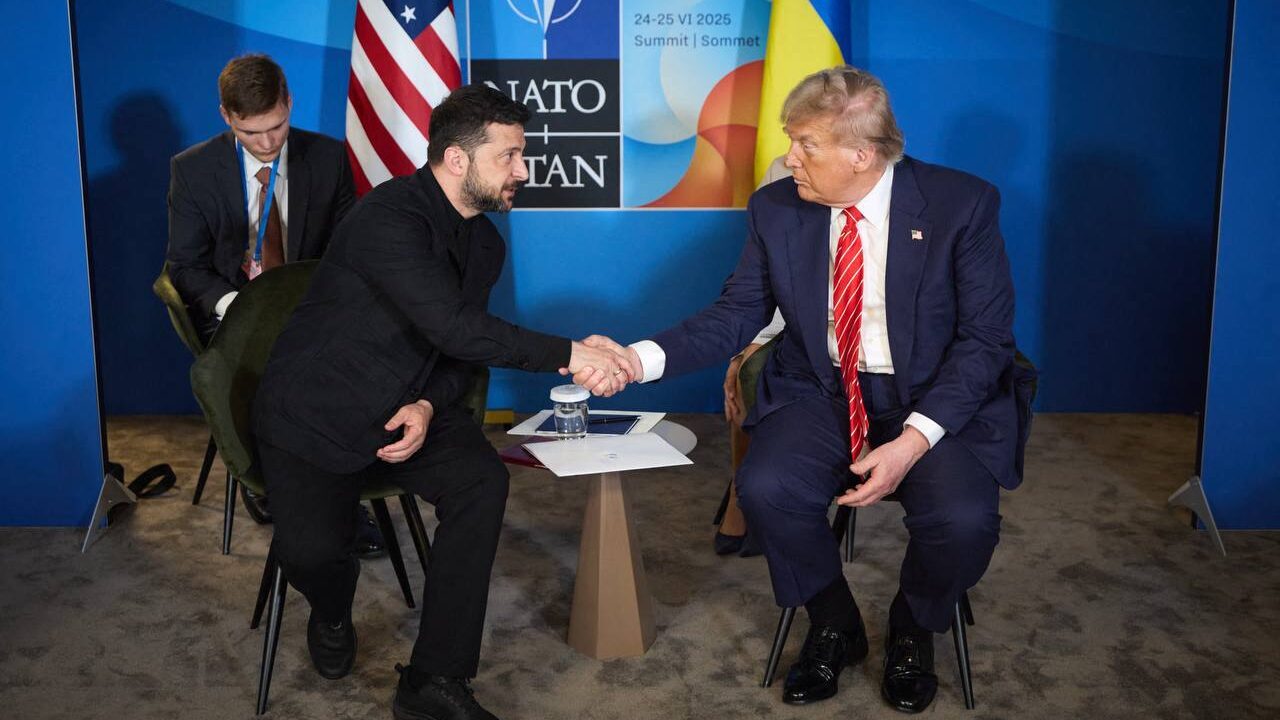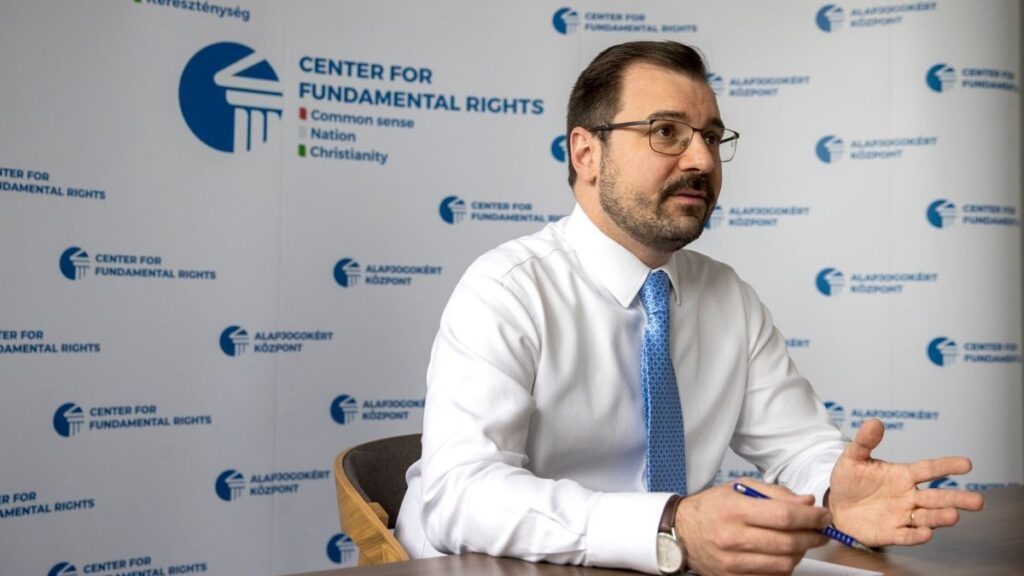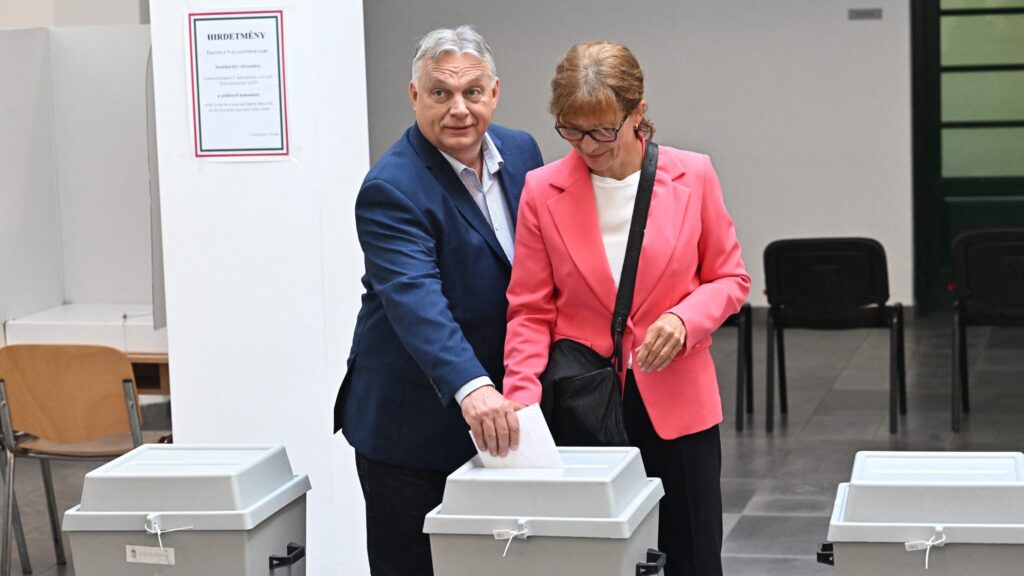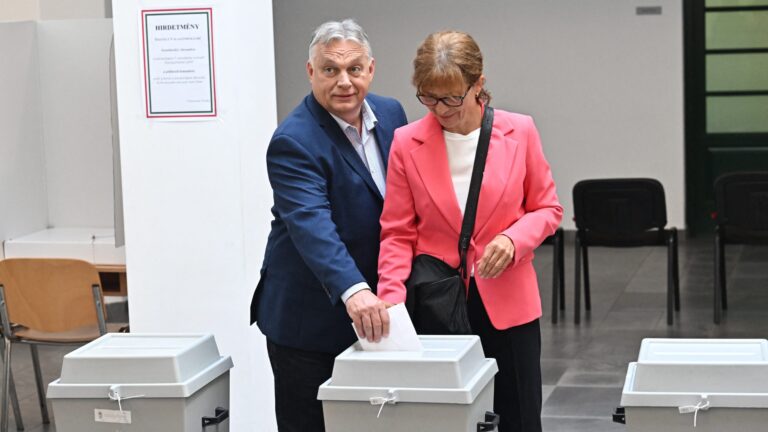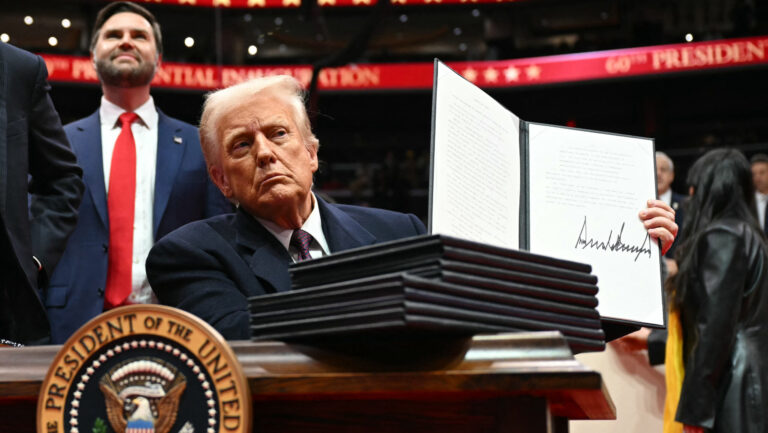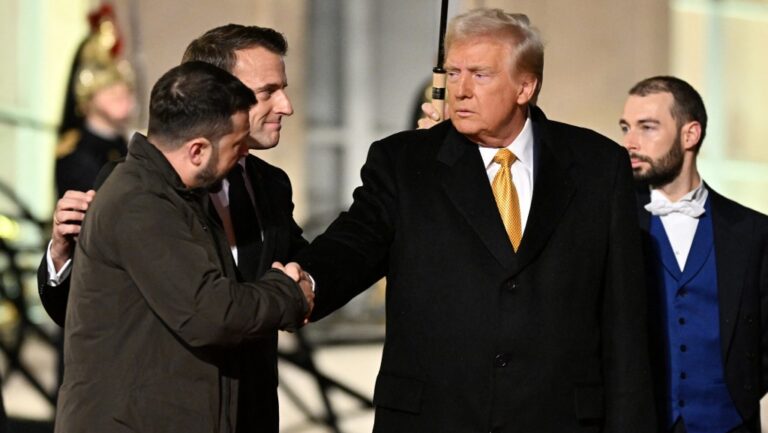Russian forces have captured the village of Shevchenko in the Donbas region of eastern Ukraine, in a move that could significantly impact the minerals deal agreed between Washington and Kyiv back in April. Shevchenko is home to one of Europe’s most promising lithium deposits, estimated at 13.8 million tons of ore valued at nearly $1.5 billion. The deposit’s unique 90 per cent spodumene content makes lithium extraction considerably easier for investors.
Shevchenko has long been a focal point of Russia’s advance in eastern Ukraine, with media reports suggesting its potential capture as early as January 2025. As Hungarian Conservative reported in February, Russian President Vladimir Putin proposed cooperation with the United States on the joint extraction of vast mineral reserves, including deposits now under Russian control in eastern Ukraine. Analysts interpreted this as a counter-move to Ukraine’s similar offer to Donald Trump, which was still under negotiation at the time. Besides the newly captured Shevchenko deposit, Moscow also seized another significant deposit, Krutaya Balka in the southeastern region of Zaporizhzhia, in 2022. Consequently, Russia now controls two of Ukraine’s four major prospective lithium deposits.
This development places Ukraine in a precarious position, as the loss of such a crucial resource could jeopardize the minerals deal it secured with Washington. Speaking to The New York Times, Mykhailo Zhernov, director of the US firm Critical Metals Corp, which previously held a licence for the Shevchenko deposit, stated: ‘If Russian troops go further, capture more and more territory, they will control more and more mineral deposits,’ adding that this poses an ‘issue for the deal’.
No Peace in Sight
Trump and Ukrainian President Volodymyr Zelenskyy reached the minerals agreement on the sidelines of Pope Francis’s funeral at the end of April. The deal was a key development, allowing the United States to continue providing military support to Ukraine while receiving tangible benefits in return—effectively enshrining the principle of ‘no blank cheque’, a central theme of Trump’s campaign. The agreement established a joint fund to support Ukraine’s reconstruction and granted the US preferential access to investments in Ukraine’s oil, gas, and critical mineral sectors.
Following the agreement, there was an expectation that the US would exert greater pressure on Moscow to negotiate peace with Kyiv and potentially cede occupied territories. However, more than two months later, peace talks remain stalled, with no sign of Russian concessions. Instead, Moscow has escalated its military operations, particularly in regions significant for the minerals deal.
Meanwhile, US officials, including Secretary of State Marco Rubio and Vice President JD Vance, have indicated that Washington intends to play a less central role in future peace negotiations. Concurrently, the Trump administration has shifted its focus to the Middle East, engaging directly in airstrikes on Iranian nuclear facilities in coordination with Israel. This shift was evident at last week’s NATO summit in The Hague, the Netherlands, where Zelenskyy was not invited to the working meeting—for the first time in three years. Nevertheless, a face-to-face meeting between Trump and Zelenskyy eventually took place after media reports suggested it might not happen.
Prospects of the Minerals Deal After Shevchenko
Regarding the impact of Shevchenko’s capture on the future of the minerals deal, deputy managing director at the investment firm Dragon Capital Serhii Fursa told Kyiv Independent that losing Shevchenko is unlikely to have a significant impact on the agreement. He noted that the deposit was already at high risk of occupation when the deal was signed, and no one assumed it would be a secure asset for the agreement. Ukraine still controls two major lithium sites, Polokhivske and Dobra. Kyiv plans to open the latter, located in central Ukraine and containing between 80 and 105 million metric tons of lithium ore, to private investors as the first project under the agreement.
It is also important to note that the minerals deal is a long-term undertaking, with significant benefits only expected in a decade due to the time required for feasibility studies, infrastructure rebuilding, licensing processes, and investor confidence. Analyses of the deal have acknowledged that security concerns in contested regions could delay or restrict access to critical deposits.
‘Russian advances on the frontline inevitably raise concerns among investors about what might happen if Moscow continues to seize other deposits’
Nonetheless, Russian advances on the frontline inevitably raise concerns among investors about what might happen if Moscow continues to seize other deposits. Analysts view the capture of Shevchenko as part of a broader strategic Russian campaign to gain control over resource corridors, potentially threatening additional targeted sites under the deal. Moscow has also signalled its intention to develop the Shevchenko site once it becomes militarily feasible.
This growing risk places the United States in a difficult position: should it increase pressure on Russia, potentially through stricter economic or energy sanctions, or risk seeing the minerals deal thwarted? Speaking on the sidelines of last week’s NATO summit, Rubio said that Trump does not currently favour stricter punitive measures, arguing that such action could signal the end of diplomatic engagement. ‘We’re going to continue to engage,’ he said. ‘In the sense that if there’s an opportunity for us to make a difference and get them to the table, we’re going to take it.’
However, during Trump’s meeting with Zelenskyy, media reports indicate that the two leaders discussed the minerals deal alongside other topics such as defence cooperation, which is closely linked to the agreement. Following the meeting, Trump remarked that ‘neither the US nor its allies could afford to be dependent on foreign adversaries for critical minerals.’ Yet, as Russian forces continue to advance towards Ukrainian deposits and strategic sites, the Western alliance risks losing access to vital resources—an outcome contrary to both US and European strategic interests.
Related articles:

